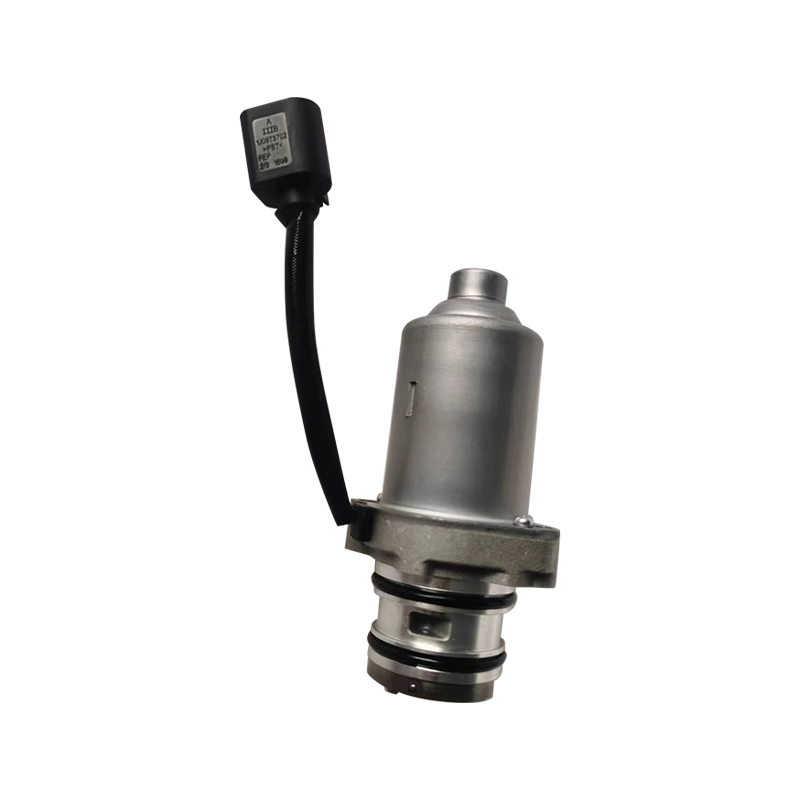BT001 Honda Accord Windshield Wiper Motor
Power Voltage 12V DC, 35W No-load Current Low speed ≦1.5A, high speed ≦2.0A No-loa...
View MoreWhy Temperature Extremes Pose Challenges to Motor Reliability
Oil Pump Motor is often deployed in environments where temperature fluctuations can be extreme, such as outdoor oil rigs, heavy machinery in cold climates, or factories with intense heat. Under these conditions, both high and low temperatures can significantly influence motor efficiency, longevity, and overall performance. Understanding how these motors operate in non-standard thermal environments is critical for selecting the right equipment and ensuring consistent performance in demanding applications.

Performance Considerations in High-Temperature Environments
In high-temperature environments, typically above 40°C (104°F), several factors can compromise the motor's performance. Insulation materials inside the motor may degrade more rapidly, reducing their ability to protect windings from electrical faults. Additionally, lubricants used in the motor's bearings or adjacent pump systems may thin out, causing inadequate lubrication and increased wear. Overheating can also cause thermal expansion of components, increasing mechanical stress. Oil Pump Motors designed for such environments usually feature high-temperature insulation classes (like Class H), heat-resistant seals, and advanced thermal protection systems that prevent damage from overheating.
Operational Challenges in Low-Temperature Conditions
When exposed to sub-zero temperatures, motors face an entirely different set of operational issues. Lubricants thicken or solidify, increasing mechanical resistance during startup. Electrical resistance within motor windings can also increase, requiring greater power input to reach normal operation. Additionally, moisture condensation followed by freezing can cause cracked insulation or damaged components. To maintain stability, motors in cold climates are often equipped with low-temperature lubricants, space heaters within motor housings, and specially treated wiring to resist brittleness. Ensuring proper preheating before operation can also improve reliability during startup.
Impact on System Integration and Efficiency
Temperature extremes not only affect the motor but also the entire oil pump system. In hot climates, the oil being pumped may become thinner, changing flow dynamics and requiring recalibration of speed or pressure settings. Conversely, cold oil in low temperatures becomes more viscous, increasing the load on the motor and potentially causing overload if not properly managed. These conditions highlight the need for an integrated approach to motor and pump selection, ensuring the system is optimized for temperature-related viscosity changes and load variation.
Design Features That Enhance Temperature Tolerance
Modern Oil Pump Motors designed for extreme environments often include built-in thermal sensors, automatic shutoff features, and high-grade materials capable of withstanding temperature-related stress. Some motors incorporate variable frequency drives (VFDs) that allow for smoother startups and speed adjustments, helping reduce thermal stress during rapid temperature swings. Others use fully enclosed fan-cooled (TEFC) or explosion-proof designs to provide better protection in hot and hazardous zones. In cold-weather applications, motors may include integrated heaters that keep internal components at a stable temperature, preventing thermal shock during startup.
Maintenance Strategies for Reliable Performance Across Climates
Proper maintenance is key to ensuring operational stability regardless of ambient temperature. In high-temperature settings, regular inspections for insulation wear, lubricant levels, and signs of overheating are essential. In low-temperature conditions, pre-operational checks should include lubricant viscosity assessment and confirmation that internal heaters or preheating systems are functional. Ensuring that ventilation systems remain unblocked and that enclosures are sealed against moisture ingress helps mitigate temperature-induced failures. Scheduled servicing should also be adjusted based on the thermal severity of the operating environment.
Conclusion: Adapting to Temperature Conditions Ensures Long-Term Stability
The stability of an Oil Pump Motor under extreme temperatures depends on careful equipment selection, proper integration with the pump system, and proactive maintenance. Motors engineered for high or low-temperature performance incorporate special features that protect against heat degradation, cold-induced stiffness, and thermal imbalance. By accounting for these factors in the design and operation phases, users can maintain consistent motor performance and avoid costly downtime caused by temperature-related failures.